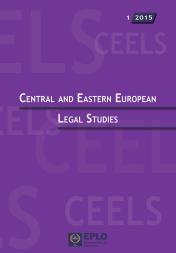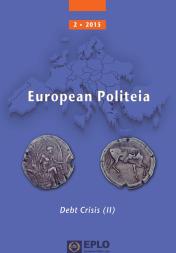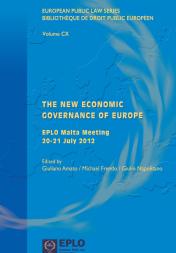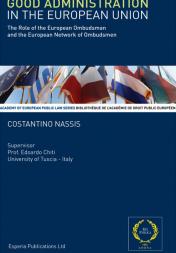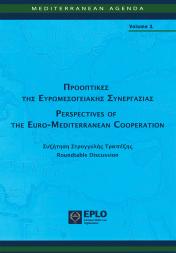
SCHNITTSTELLEN ALS STRUKTURELEMENTE INTERNATIONALER VERWALTUNGSBEZIEHUNGEN
UND IHRE VERORTUNG
IM INTERNATIONALEN VERWALTUNGSRAUM
EINE ANALYSE DER EINFLUSSMÖGLICHKEITEN
INTERNATIONALER UND NATIONALER AKTEURE
BEI DER ENTSTEHUNG EINER VERWALTUNGSENTSCHEIDUNG
KATHARINA MEYER
Wiss. Mitarbeiterin, Lehrstuhl für Staats- und Verwaltungsrecht, Europarecht und Rechtsvergleichung, Universität Konstanz
In a globalized world administrative decisions concerning an individual are likely to be determined not only by legal norms originating from the national legal order but also from international institutions or other non-state actors. Therefore their (democratic) legitimacy is questioned. The evaluation of the legitimacy of such intertwined decisions requires the detection of interfaces where contributions of different actors are endowed with binding force in another legal order. The detection of such interfaces facilitates the identification of those contributions that are still reflected on the legally binding nature of the individual decision and therefore need legitimacy to be justified. The present article gives an overview of the circumstances under which such interfaces can be formed and it develops a scheme which allows for the identification of such interfaces in the course of the coming into being of an administrative decision. This scheme is meant to form a common ground for the analysis of the influence of non-state actors on individual administrative decisions and the assessment of their legitimacy.
Dans le cadre de la mondialisation, il se peut que les décisions administratives concernant un individu soient déterminées non seulement par les règles de droit de l'ordre juridique national, mais aussi par des institutions internationales ou autres acteurs non étatiques. Ce qui pose la question de leur légitimité (démocratique). L'évaluation de la légitimité de ce genre de décisions croisées requiert la détection d'interfaces où les apports de différents acteurs sont dotés d'une force obligatoire dans un autre ordre juridique. La détection de ces interfaces facilite l'identification des apports qui se reflètent encore sur la nature juridiquement obligatoire de la décision individuelle et ont donc besoin de la légitimation pour se justifier. Le présent article donne un aperçu des conditions où de telles interfaces peuvent être formées et développe un projet d'identification de ces interfaces au cours de l'élaboration d'une décision administrative. Ce projet est censé proposer un fond commun pour l'analyse de l'influence des acteurs non étatiques sur les décisions administratives individuelles et l'appréciation de leur légitimité.
In einer globalisierten Welt wird Hoheitsgewalt gegenüber dem Einzelnen nicht mehr allein durch staatliche Organe ausgeübt, sondern zunehmend von internationalen Institutionen oder anderen nicht-staatlichen Akteuren beeinflusst. Die (demokratische) Legitimation solcher verflochtener Ausübung von Hoheitsgewalt wird daher zunehmend in Frage gestellt. Für eine Analyse der Legitimation verflochtener Ausübung von Hoheitsgewalt, die über die Konstatierung eines allgemeinen Legitimationsdefizits im internationalen Verwaltungsraum hinausgeht, schlägt der vorliegende Artikel eine Strukturierung durch Schnittstellen vor. An den Schnittstellen werden die Beiträge eines bestimmten Akteurs mit Bindungswirkung in einer anderen Rechtsordnung ausgestattet und können daher in der verbindlichen und durchsetzbaren Verwaltungsentscheidung gegenüber dem Einzelnen fortwirken. Die Identifizierung solcher Schnittstellen erlaubt es, die Betrachtung auf die beteiligten Akteure zu reduzieren, deren Beitrag für die konkrete Entscheidung nach Legitimation verlangt. Auf diese Weise kann zunächst eine Aussage über die Legitimation einer konkreten Entscheidung getroffen werden. Darüber hinaus wird ein Schema entwickelt, mit dem die Schnittstellen, die eine beliebige Verwaltungsentscheidung auf ihrem Entstehungsweg durchläuft, im internationalen Verwaltungsraum verortet werden können. Das Schema soll als Grundlage für eine Analyse der Gemeinsamkeiten und Unterschiede in verschiedenen Referenzgebieten dienen und so zu einer Systematisierung des internationalen Verwaltungsrechts beitragen.





